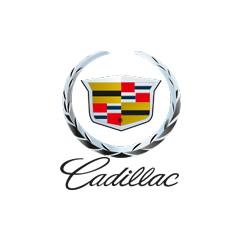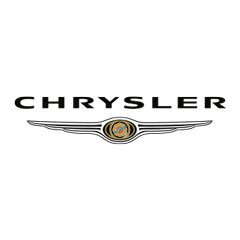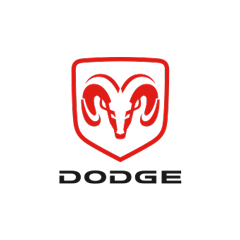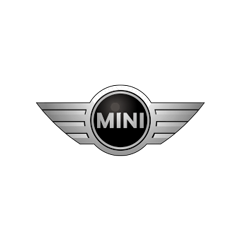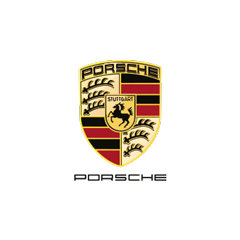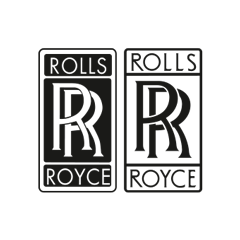
MERCEDES BENZ Typ 170/170 V
Generations Timeline, Specs and Pictures

In 1936, at the International Motor and Motorcycle Show in Berlin, Mercedes-Benz showed the 170 V, 170 H, and 260 D lineups.
The 170 V was an important model in the company’s heritage.
The design of the new 170 V started in 1933 under the direction of chief design engineer Dr. Hans Nibel and designer Max Wagner. The 170 V to be cheaper than a regular Mercedes-Benz, with the engine in the front and it had to be launched in three years. And the result was the 170 V.
The convertible version shared the same chassis with the rest of the W136 range. Despite a longer wheelbase, the new frame was some 50 kg (110.2 lbs) lighter and also stiffer than the box-section frame previously used in the 170. The car featured a long hood, short cabin, and sloped end where the spare-wheel was installed. The specific Mercedes-Benz grille in the front was tall and narrow. Unlike other Mercedes-Benz from that era, the headlights were mounted on the front fenders and not on a chromed bar.
It was the roadster for those who couldn’t afford an expensive model and Mercedes-Benz didn’t want to lose those customers in favor of BMW, who already had a 2-seat convertible on the market. For those who wished a four-seat cabriolet, Mercedes-Benz built the Cabriolet B, which featured the same chassis and drivetrain, but with a longer cabin and a shorter back.
The 170 Cabriolet A featured an inline-four engine with a 1.7-liter displacement. It was mated to a four-speed gearbox. The Convertible A was the most expensive 170 V. It was fitted with the newly developed rear swing axle, which allowed better comfort and speed cornering.

While the type A was an exclusive two-seater roadster, the B model was a pleasure for friends alike, boasting an extended passenger compartment with two seat rows.
Styling was very innovative as was the company’s choice of engine, going for a small efficient 4-cylinder petrol unit. The car was fitted with prominent metal disc wheels that were often painted to match the color of the car along with the back-then’s complementary white tire stripe. With a keen attention to details, V 170’s interior was nicely fitted with a steering wheel built on a company-logo shaped framed mid-crossed by a slim chrome bar.

As with most of the early Mercedes Benz models, the 170V was a wheeled display of luxury and class.
Reminiscent of the W15’s body lines, the V170 carried on to becoming a best-selling car. Its versatility was unsurpassed as due to a WWII fuel crisis, many models were converted to run on gas produced by burning wood and coal in specially designed canisters mounted on both ends. The resulting gas was used to power the engine while the heat was diverted to the car’s interior, a much welcomed solution in wintertime. The 4-cylinder automobile’s chassis survived WWII and was later used to rebuilt what was left of the company.

The typ 170 was a technologically advanced wheeled diorama sporting a straight 6-cylinder petrol unit displacing 1.7 L. With a power output of 32 bhp, the car may not have been very fast but it was certainly an all get-around car that set itself apart through its choice of suspension and braking system. Having made use of the latest in car tech, the 170 was launched with an independent rear suspension comprising a swing axle mated to coil springs. Four wheel hydraulic brakes swiftly brought the car to a stop while central lubrication kept the chassis in excellent condition.

Mercedes-Benz introduced the Typ 170 range in 1931 and helped the German carmaker survive the Great Depression.
After the Wall Street Crash in late 1929, the effects started to spread worldwide and struck Germany in the summer of 1931. Mercedes-Benz management took the bold move to develop a new, more affordable vehicle and launched it in October at the Paris Motor Show. France was one of the least affected countries by the Great Depression, and it was the right place to unveil a high-quality vehicle at a lower price.
Hans Nibel designed the light car to be affordable and dependable. The small vehicle featured slim and rounded fenders at the front, which supported a transverse chromed bar that kept the electric headlights. A flat and squared radiator surrounded by a chromed rim gave the vehicle an upscale look. After all, it wore the three-pointed star badge on the radiator’s cap. In the convertible shape, the Typ 170 featured a flat windshield with two wipers at the top, with its folding roof retractable behind the rear seats. At the back, Mercedes installed a removable trunk, which was accessible from the outside. Starting with the 1934 model, it became attached to the body. Behind it, the carmaker installed the spare wheel.
The small vehicle provided room for four people inside, with two seats at the front and a bench in the rear. Its minimalist design kept the production cost low. Even though it didn’t look like one of the flashy Mercedes cars, it provided some premium materials.
The 170 was an innovative vehicle that featured independent suspension in all corners, with swing axles in the rear and a transverse leaf-spring at the front. Its hydraulic braking system was another significant improvement. On top of that, very important for those times, it provided an anti-theft device that locked the steering column when the key was not in the ignition. Mercedes-Benz mated the inline-six engine to a three-speed manual transmission and a fourth overdrive gear for improved fuel efficiency.






